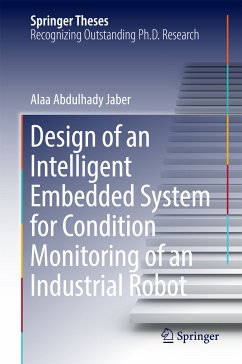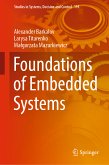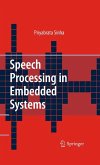Three significant achievements are presented in this thesis. First, the development of a condition monitoring algorithm based on vibration analysis of an industrial robot for fault detection and diagnosis. The combined use of a statistical control chart with time-domain signal analysis for detecting a fault via an arm-mounted wireless processor system represents the first stage of fault detection. Second, the design and development of a sophisticated embedded microprocessor base station for online implementation of the intelligent condition monitoring algorithm, and third, the implementation of a discrete wavelet transform, using an artificial neural network, with statistical feature extraction for robot fault diagnosis in which the vibration signals are first decomposed into eight levels of wavelet coefficients.
Dieser Download kann aus rechtlichen Gründen nur mit Rechnungsadresse in A, B, BG, CY, CZ, D, DK, EW, E, FIN, F, GR, HR, H, IRL, I, LT, L, LR, M, NL, PL, P, R, S, SLO, SK ausgeliefert werden.









